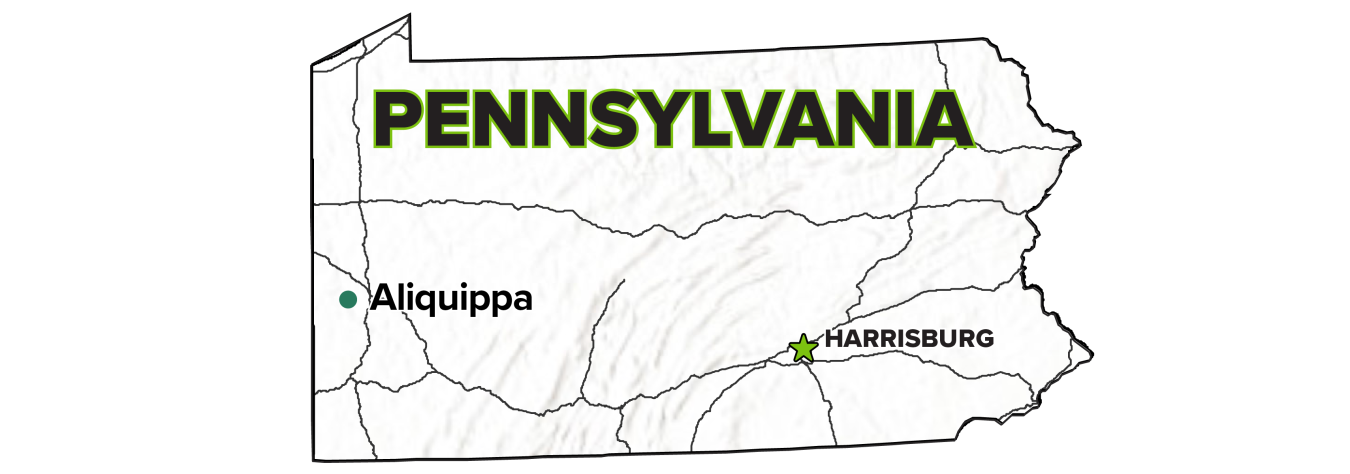
Background
The Aliquippa, Pennsylvania, Site was remediated under the Formerly Utilized Sites Remedial Action Program (FUSRAP). FUSRAP was established in 1974 to remediate sites where radioactive contamination remained from Manhattan Project and early U.S. Atomic Energy Commission (AEC) operations
History
At the Aliquippa site, the Vulcan Crucible Steel Company heated and rolled uranium metal into rods for the AEC from 1948 to 1949, resulting in contamination of building surfaces, equipment, and soil. The former owner decontaminated the site to then-applicable guidelines in 1950 while under contract with AEC. One of two main buildings, Building 8, has since been demolished.
DOE conducted additional remediation under FUSRAP in 1988, 1993, and 1994. Supplemental limits were applied to uranium dust left in inaccessible areas including the roof and support structures. These residual materials remain in a safe configuration and will not need to be disposed of as regulated waste in the future. In 1996, DOE certified that applicable cleanup criteria had been achieved, and the site was released for unrestricted use. The site is currently used for light manufacturing.
Final Conditions
No institutional controls are in effect at the site, and DOE does not require on-site monitoring or surveillance. Office of Legacy Management long-term stewardship responsibilities consist of managing FUSRAP site records and responding to stakeholder inquiries.
For more information about the Aliquippa FUSRAP Site, view the fact sheet.
We value your feedback and questions. For our contact information, click here.

